Enrollment in Selective Institutions
In 2015-16, over half of all undergraduates attending public and private nonprofit institutions were enrolled in moderately selective colleges and universities (56.9 percent).[1] A larger share of Asian and international students attended very selective institutions than all other groups. Moreover, these two student groups were the least likely to be enrolled in open admissions institutions. Conversely, Hispanic or Latino and Native Hawaiian or other Pacific Islander students were more likely to be enrolled in open admissions institutions. The proportion of Black or African American students enrolled in minimally selective institutions was more than twice the proportion of White and almost three times the proportion of Asian students enrolled in those institutions.
Report Links
Race and Ethnicity in Higher Education: A Status Report
Chapter Three: Enrollment in Undergraduate Education
Chapter Three Report Download (PDF) 3.2 MB
Chapter Three Data Tables Download (XLSX) 93 KB
Source
U.S. Department of Education, National Postsecondary Student Aid Study, 2016
Notes:
Data reflect only public and private nonprofit four-year institutions. Institutions were categorized into sectors based upon control of the institution and the length of the predominant award granted.
Data from American Indian or Alaska Native and Native Hawaiian or other Pacific Islander students who were enrolled in minimally selective institutions should be interpreted with caution. Ratio of standard error to estimate is >30 percent but <50 percent.
Data from American Indian or Alaska Native students who were enrolled in very selective institutions should be interpreted with caution. Ratio of standard error to estimate is >30 percent but <50 percent.
[1] The measure of institutional selectivity was created by NCES to classify public and private nonprofit four-year institutions. The measure uses three criteria derived from IPEDS: (1) whether an institution was open admission, (2) the undergraduate admission rate, and (3) the 25th and 75th percentiles of ACT and/or SAT scores. For non-open admission institutions, an index was created from the admission rate and ACT/SAT data (weighted equally). Institutions were classified as very selective if they were among the top quartile of the index, moderately selective if they were in middle two quartiles, and minimally selective if they in the bottom quartile.
